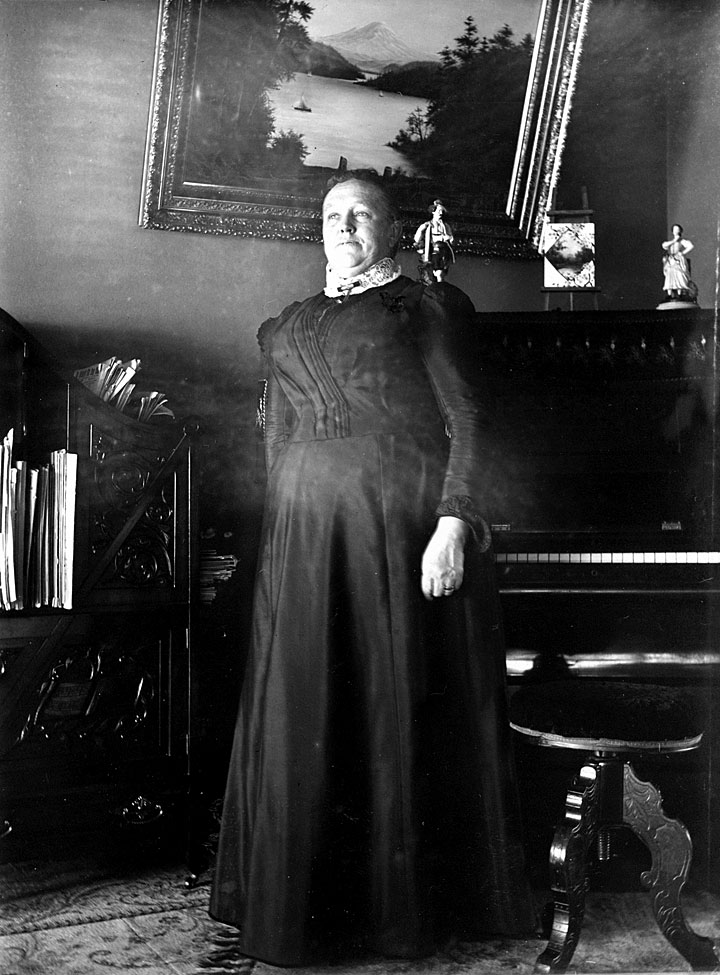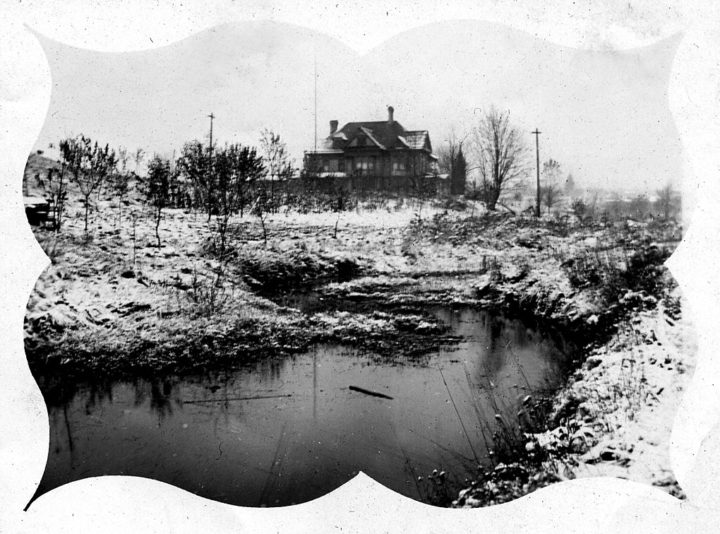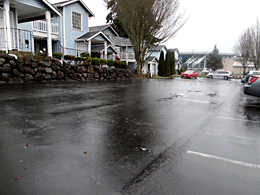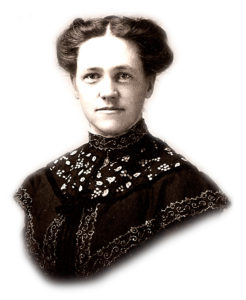Above: Stern-wheeler Nellie at Ferguson’s Wharf, 1877.
The building behind Ferguson’s is Cathcart’s Exchange Hotel; and, the dirt path to the right is Avenue D — much improved by the the time the White family arrived seven years later.
. . . .
John S. White arrived in Snohomish aboard a slow steamer followed by a weak wake of records going back to his birth on July 13, 1845, in the small town of Tamworth, New Hampshire.
The 1870 Census recorded White living in Walnut, Butler County, Kansas, age 25, single, working as a house carpenter and living in a hotel kept by his future wife’s brother, Charles Lamb.
January 1871, John S. White married Delia R. Lamb, daughter of Galand Lamb and Lucy Weston, in Kansas. Delia was born about 1853 in Fort Wayne, Allen County, Indiana.
The 1880 Census listed John, his wife Delia and daughters Linnie and Alice living in Topeka, Shawnee County, Kansas, where he was a carpenter.
White’s young family, now including a third daughter, Elise, disembarks from the steamer by way of a precarious plank connecting the ship to the wharf. There, Delia huddles with her daughters, watching, as the picturesque tableau of people who were waiting for the steamer is now animated and it’s chaos. People shouting, dogs barking, horse-drawn buggies and carts jockeying for a position to load, and operators of a dozen Indian canoes jockey for a job hauling the Boston’s cargo. The stack of household trunks and packages that John has assembled behind his family is beyond our imagination. Still, they stand, watching, frozen — for an instant, they are a living monument to evidence that there is life outside Snohomish.
The White’s new home town is a self-sustaining settlement sited in the sunshine on the south-facing bank of the river that gave this place its name. Located some dozen miles upriver from its fast growing rival, the port city of Everett on Port Gardner Bay to the west; but in February, 1884, Snohomish is not only the county seat, but it’s also home to two roller skating rinks.
. . . .
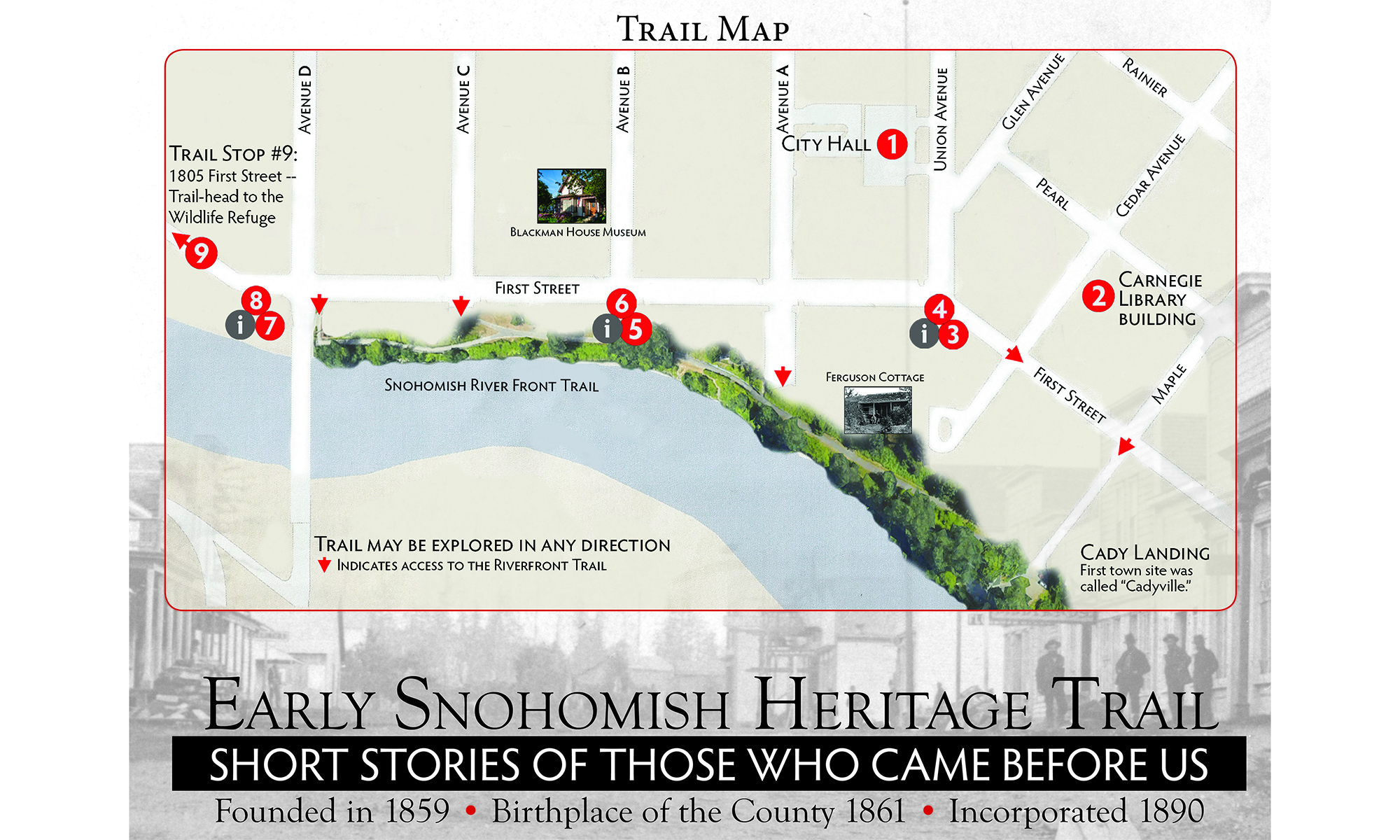
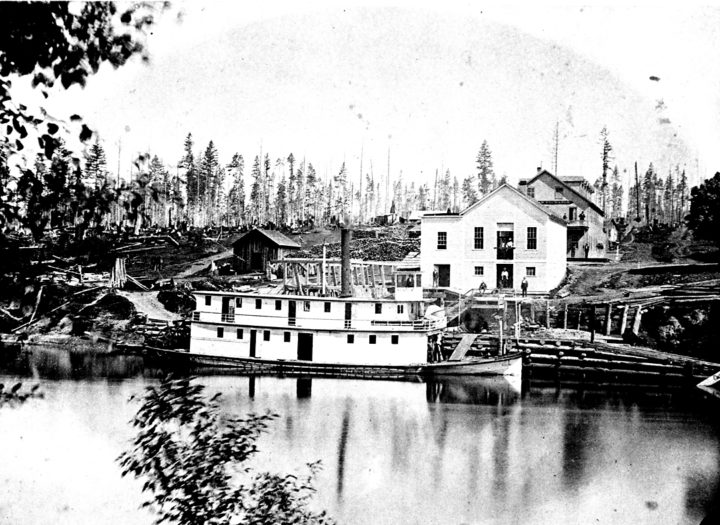
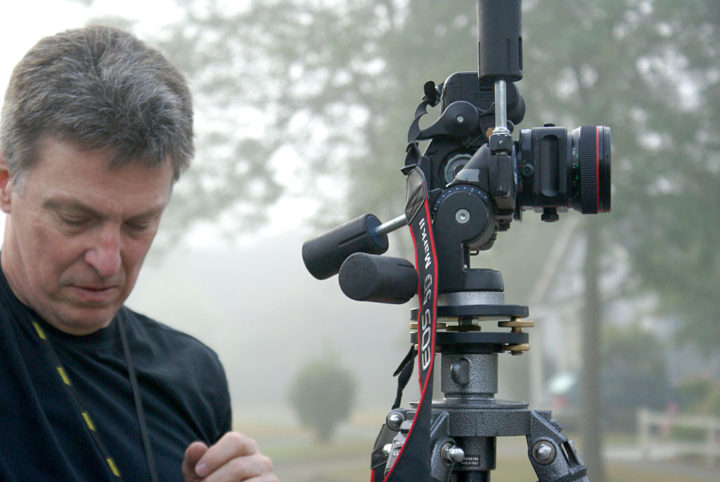
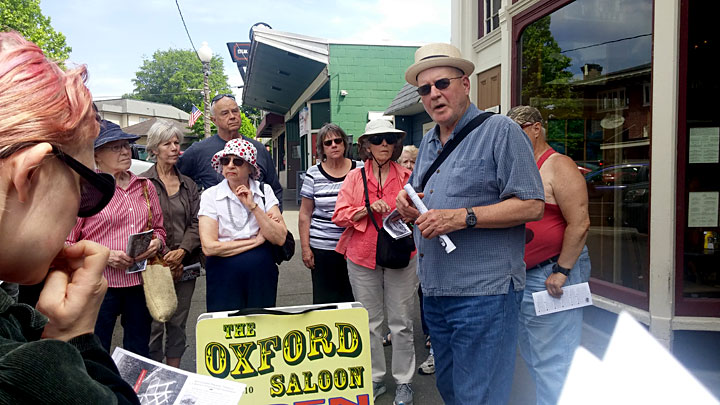
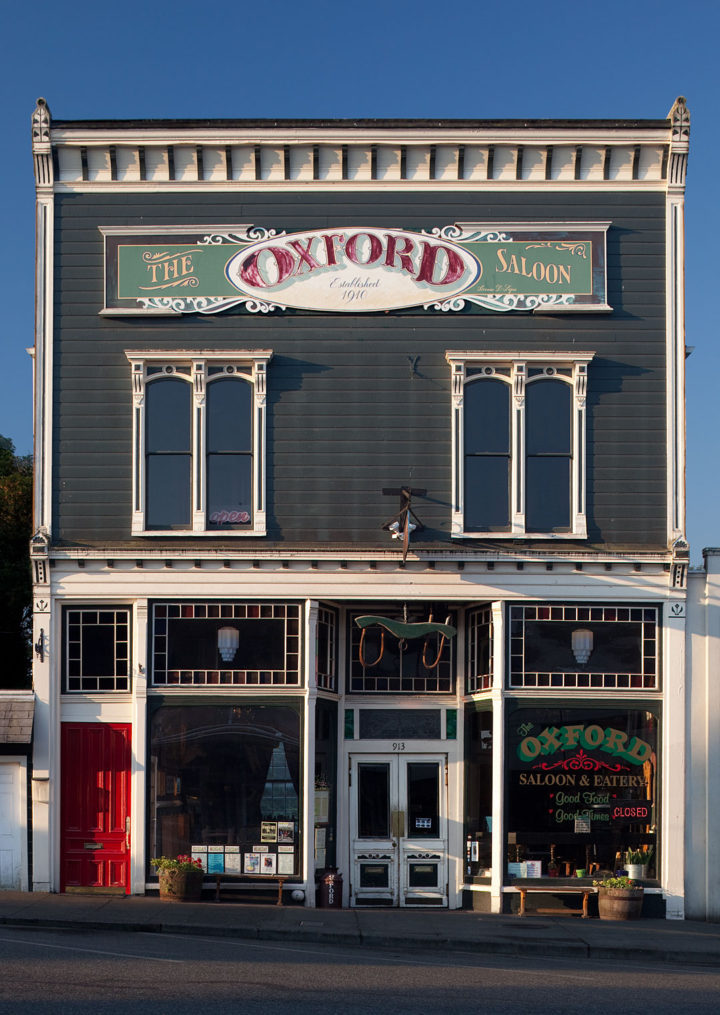
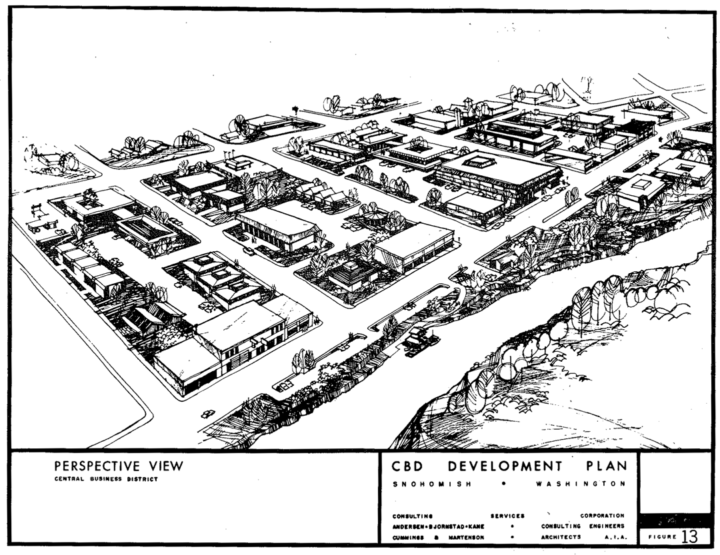
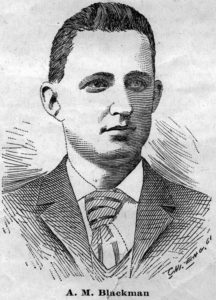
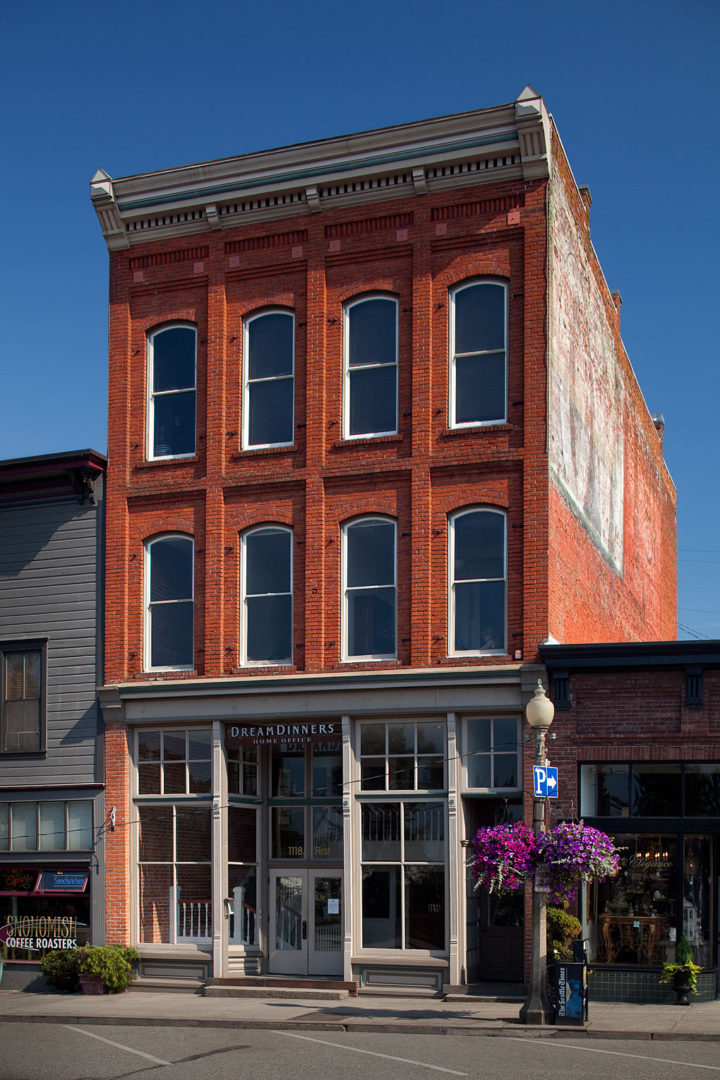

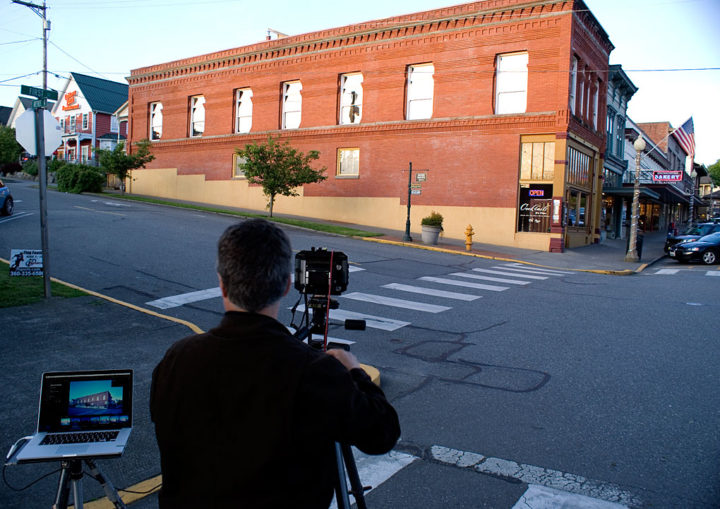
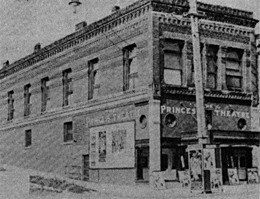
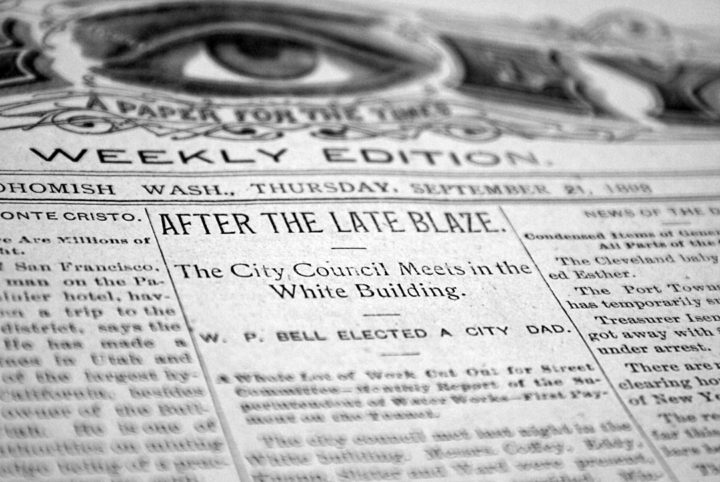
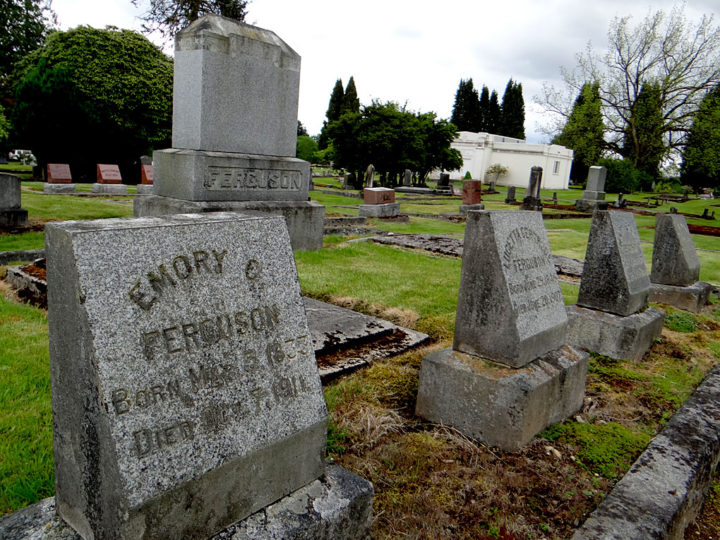
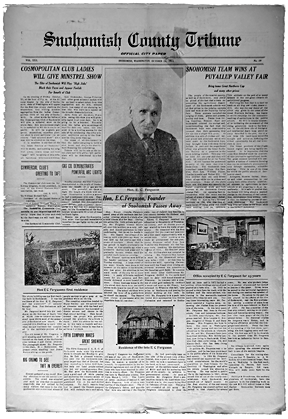
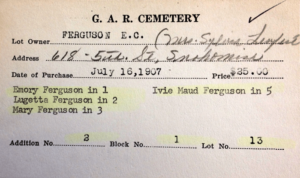
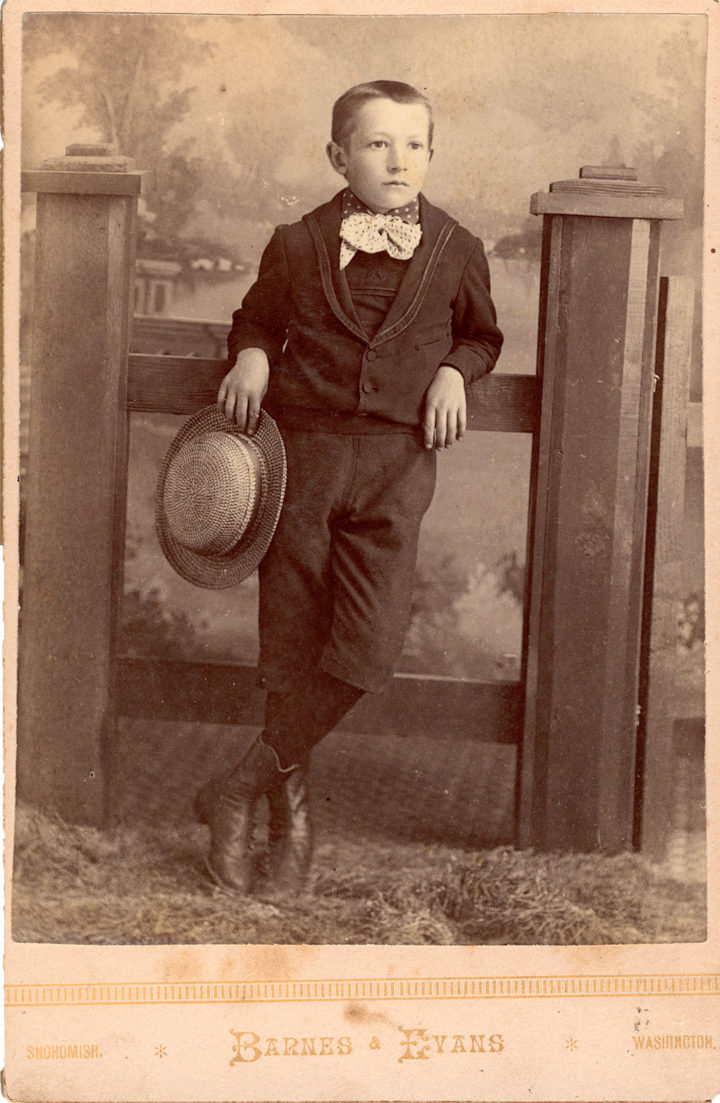
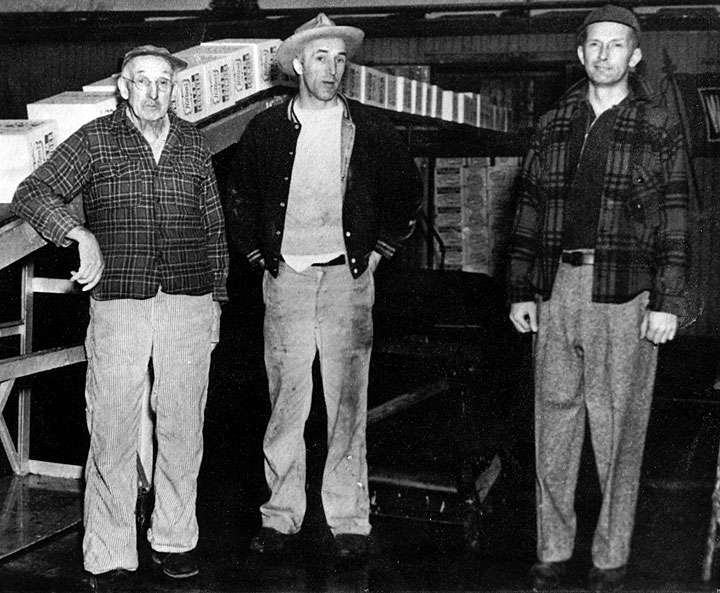
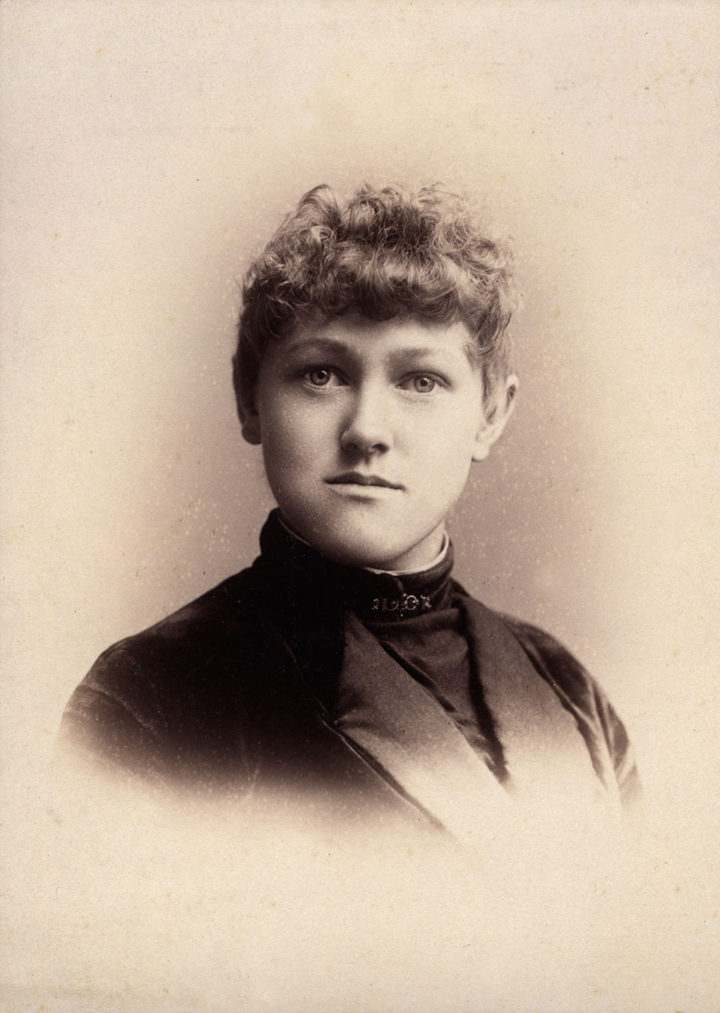
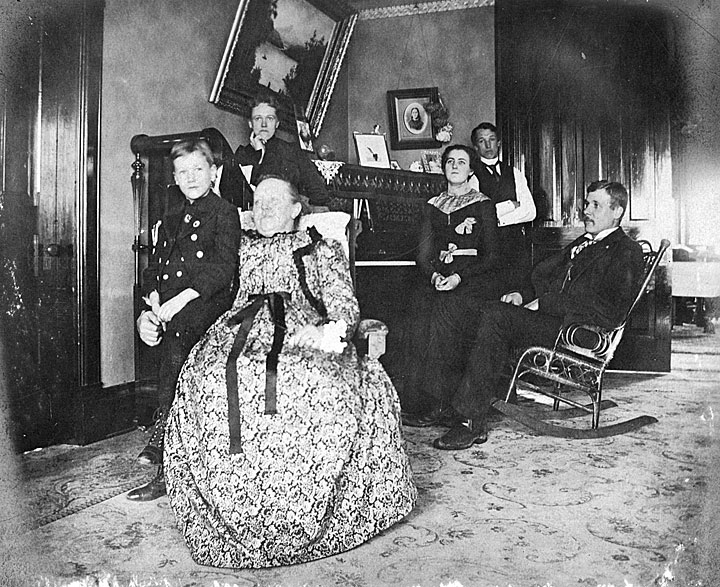
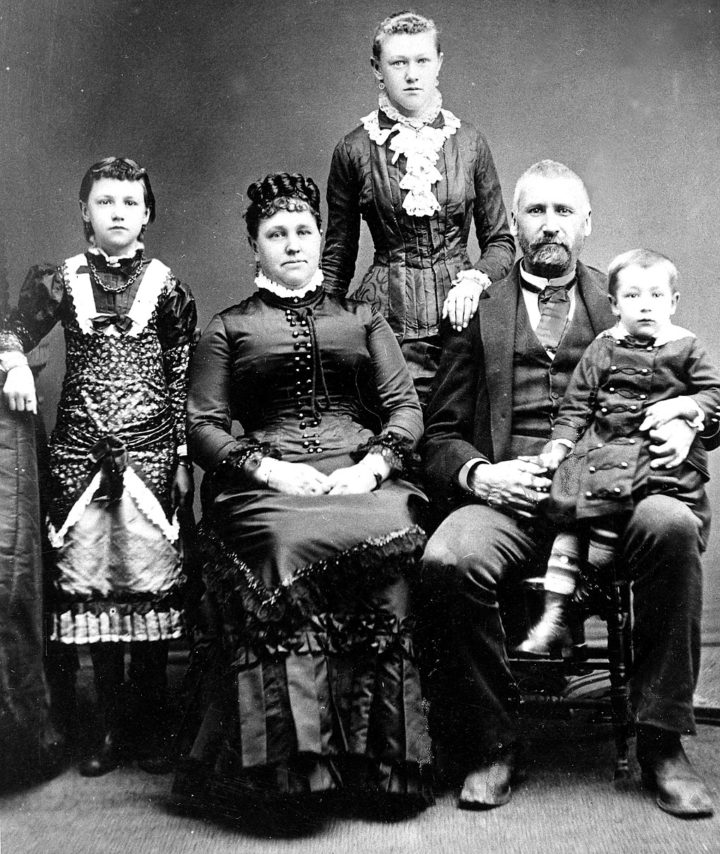
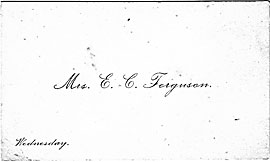 First, we need to check Mrs. E. C. Ferguson’s calling card to confirm that “Wednesday” is in the lower left hand corner – this is the day the lady of the house receives visitors. Next, we will need to rent a horse and carriage, assuming we don’t own our own rig, since the home is too far out of town to walk with any dignity remaining once we arrived.
First, we need to check Mrs. E. C. Ferguson’s calling card to confirm that “Wednesday” is in the lower left hand corner – this is the day the lady of the house receives visitors. Next, we will need to rent a horse and carriage, assuming we don’t own our own rig, since the home is too far out of town to walk with any dignity remaining once we arrived.